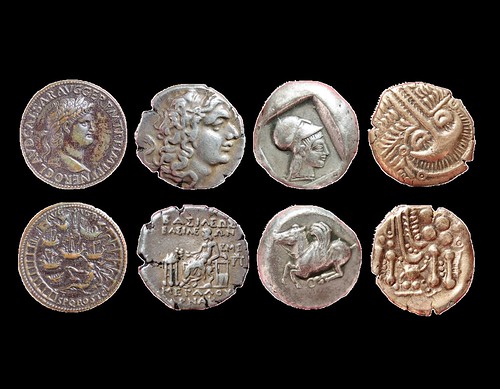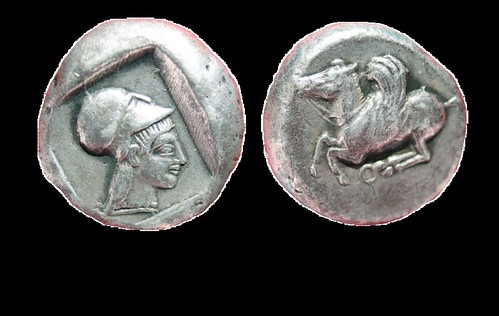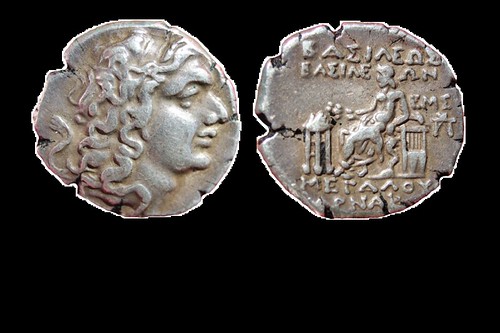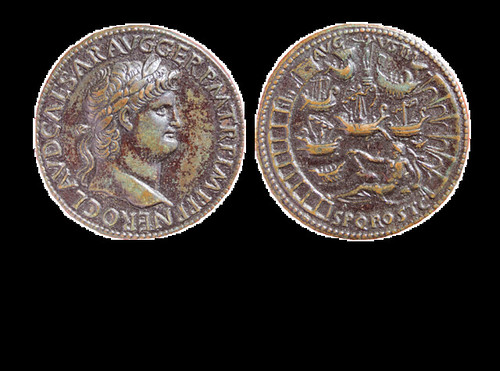
PREV ARTICLE
NEXT ARTICLE
FULL ISSUE
PREV FULL ISSUE
HASLEMERE AND THE LEGENDARY ANCIENT COIN FORGERSBob Van Arsdell writes: Normally my writings are too specialized for most E-Sylum readers, but I thought the latest one I posted on my web site might have broader interest. I compare the work of the legendary coin forgers Giovanni Cavino, Carl Becker and Constantine Christodoulos to that of a modern forger of Celtic coins.
Thanks. Here's an excerpt from Bob's article. Be sure to see his web site for the full version, links to background material, and other articles in the series.
-Editor

Three legendary forgers, Giovanni Cavino, Carl Becker and Constantine Christodoulos, are renowned for producing extremely deceptive fakes. Their coins occasionally appear on the market undetected, showing they can still fool the experts. The lives and careers of these forgers have already been published. This article compares their work to that of a troublesome forger of Ancient British coins.
The Haslemere Forger began faking Celtic coins around June 1960 and never stopped
By 1991, he was producing some superb forgeries, ones that fooled almost everyone at the time. By comparing his 1991 Cheriton stater to the work of the legendary forgers of the past, we can appreciate how good (and how dangerous) his fakes are.
Christodoulos struck fakes from 1900 to 1914
Becker produced fakes during the 1820s
Giovanni Cavino lived from 1500 to 1570 and was active in the mid 1500s
Not only was Cavino an accomplished die cutter, but he also was expert at antiquing and patinating his coins. This Ostia sestertius shows convincing wear and has a beautiful brown and green patina.
Summary
The Haslemere Forger is certainly in the league of the legendary forgers. As such, he should be seen as a dangerous falsifier of the archaeological and numismatic records.
To read the complete article, see:
|



